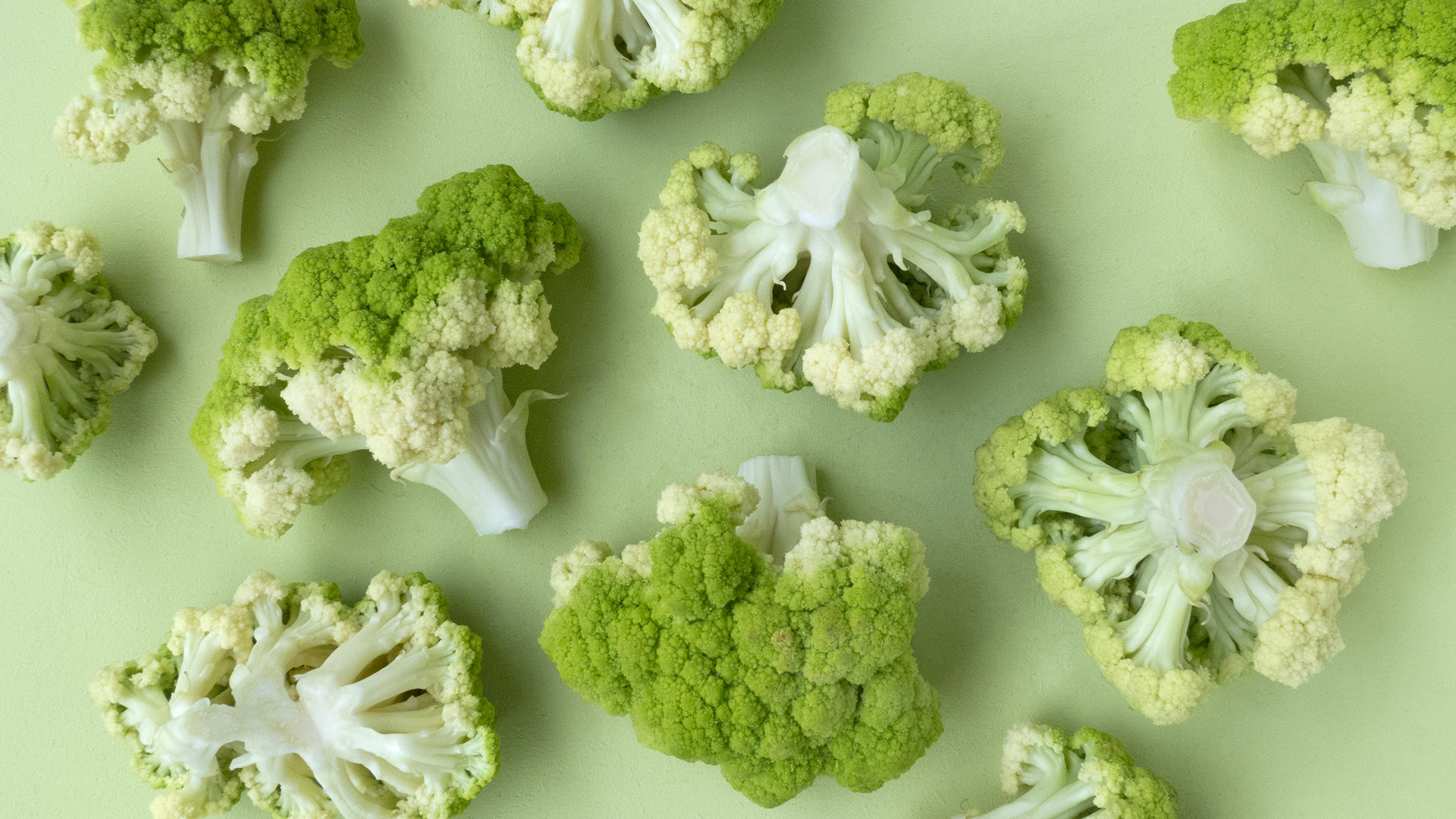People often ask me, “What are the best superfoods for the brain?”
While we like to think our superfood heroes will save the world and us, it’s often the unsung heroes that actually make the biggest difference.
Sure, those superfoods have been identified as having some unique properties but on their own they don’t make a significant positive impact.
It’s time to drag yourself away from the top ten foods list and ask the fundamental question – which foods will nourish me and keep my brain healthy in the longer-term?
What we’re talking about here is inflammation and how to reduce it.
Because when your body is in an inflammatory state, you are at increased risk of disease of the heart, gut and brain.
Fiber is the antidote.
As a medical student in the eighties I was fascinated by the work of Dennis Burkitt the original ‘Poo Man’ who came up with some significant observations during his time working as a Ugandan surgeon. I remember watching a video of the good doctor hardly able to contain his excitement on the discovery of a healthy human poo on the side of a road.
It’s good to be passionate about one’s work.
He is probably the person most responsible for reacquainting the medical profession with the lost art of stool-gazing and its relevance to health.
He noticed how the poos of the local African population were quite different in volume and consistency compared to the average person living in the West. They were much bigger in volume and softer.
He also observed a significant difference between the two populations in the levels of obesity and gut disease including diverticulitis, constipation, colitis and bowel cancer.
The reason for the difference. Our diet.
Ok all well and good Jenny, but what’s this got to do with my brain?
Actually, quite a lot. I’ll explain.
Fiber or roughage as it’s also known, is that indigestible component of certain foods that glides through our intestine, helping to conserve water in the large gut (keeping your poo nice and soft). Soluble fiber is fermented by our gut microbes to become a lovely gelatinous sludge while the insoluble stuff is what travels through our gut passing out the other end as often recognisable components of last night’s dinner (depending on what you ate of course).
More about the fiber content of different foods in a moment.
Back to inflammation and specifically the BRAIN.
In addition to our neurons, the brain is home to a number of specialist supporting glial cells. One group called microglia act as our first line immune defence soldiers actively gobbling up dead, damaged or foreign cells.
As we age these microglia become hyperactive and chronically inflamed – this is thought to be one of the reasons we develop memory problems and cognitive decline as we get older.
What’s this got to do with how much fiber we have in our diet?
It’s because our gut microbes which love to chow on fiber, produce higher levels of butyrate, a short-chain fatty acid previously shown in mouse studies to reduce inflammation and improve memory.
New research has shown that consuming a high-fiber diet leads to an increase in butyrate levels in mice of all ages, while a low fiber diet contributes to more inflammation with age.
Moreover, the high fiber diet reduced the level of inflammation in the brain’s microglia. In other words, it exerted a neuroprotective effect.
To keep our brain healthy as we age, it’s time to get into more fiber as found in broccoli, nuts, oats, beans and other legumes, whole grain breads, rye, barley, rice and root vegetables.
How much fiber do we need?
Current recommendations are 34 grams for men, 28 grams for women but many of us are getting less than half of that.
Be careful not to overdo it though. Suddenly consuming a big plate of beans can lead to intestinal gas and bloating, that unless you’re into performing a “Blazing Saddles“ rendition can be a tad uncomfortable.
It’s best to increase your fiber intake gradually over a few weeks and don’t forget to increase your water intake too.
You can achieve this by:
Adding some bran, oats and sliced banana to your breakfast cereal
Snacking on an apple or a small handful of nuts
Including some broccoli and beans at lunchtime, in a salad or a whole grain wrap.
(Watch out for baked beans in tomato sauce that are also high in sugar)
And if having potato or sweet potato, eat the skin as well.
If you’re finding hard trying to imagine what 25-30 grams of fibre looks like, this will give you an idea.
Half a cup of cooked
Black beans = 7.5 gms
Kidney beans = 9 gms
Lentils = 9 gms
Chick peas = 7 gms
One medium
Apple = 5 gms
Banana = 4 gms
Pear = 6 gms
Orange = 4 gms
Half a cup of cooked
Broccoli = 2.5 gms
Brussels Sprouts = 7.5gms
Carrots = 3.5 gms
Half a cup of cooked
Oatmeal = 3 gms
Barley = 5 gms
Choosing to eat a high fiber diet will enable you to maintain a healthy population of those gut bacteria whose job is to keep your brain healthy and wise.
As Thomas Edison said,
“The doctor of the future will no longer treat the human frame with drugs, but rather will cure and prevent disease with nutrition.”
Go the Brussels!


